Organizing Community Clean-Up Efforts After A Hurricane
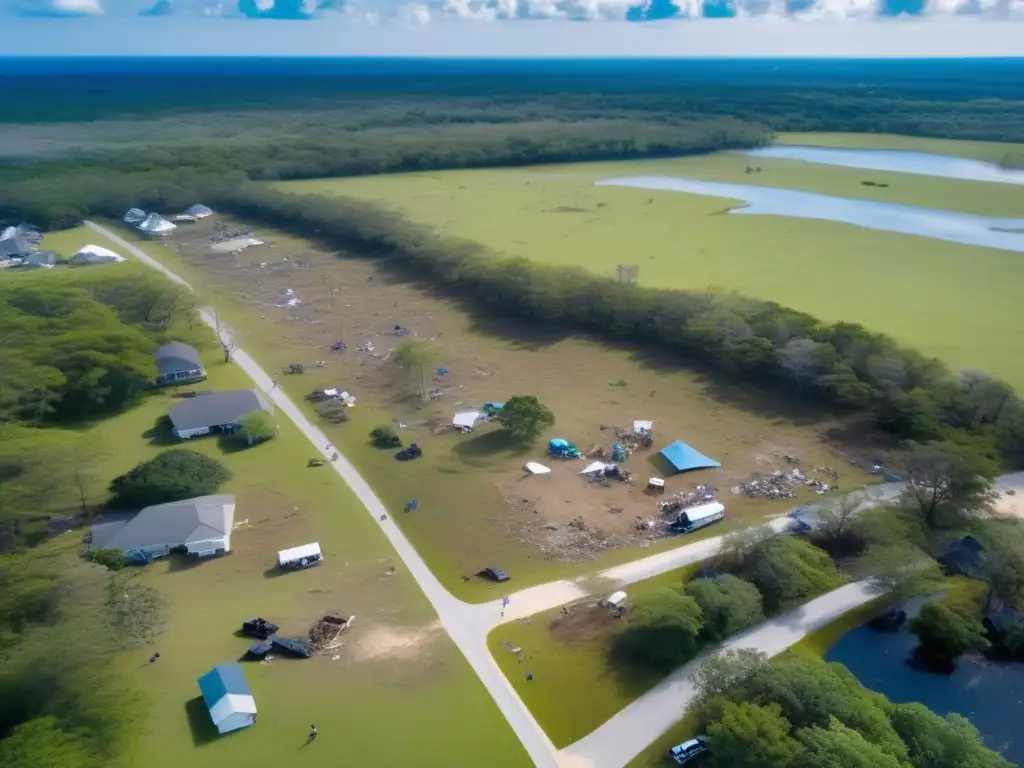
Organizing Community Clean-Up Efforts After a Hurricane
Introduction
When a hurricane hits, the damage can be catastrophic. Homes may be destroyed, widespread flooding may occur, and debris may litter the streets. In the aftermath of a hurricane, it is important for communities to come together to clean up and rebuild. Organizing community clean-up efforts after a hurricane can be a daunting task, but it is one that is necessary for the recovery process. In this article, we will discuss the steps necessary to organize successful community clean-up efforts after a hurricane and provide helpful tips along the way.
Creating a Plan
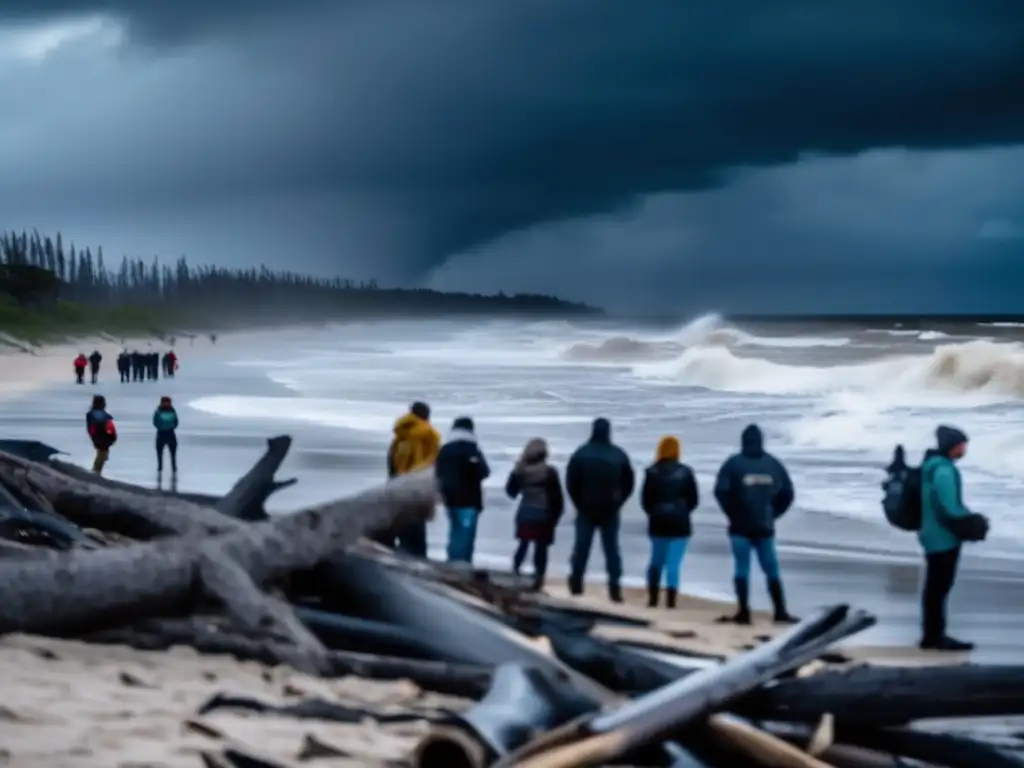
Assessing the Damage
The first step in organizing community clean-up efforts after a hurricane is assessing the damage. Once the storm has passed and it is safe to venture outside, assess the extent of the damage in your community. This will help you determine what needs to be cleaned up, what resources will be necessary, and how many volunteers will be needed.
Identifying Resources
Once you have assessed the damage, the next step is identifying the resources available to you. This may include local government resources, volunteer organizations, and community leaders. Determine what resources are available to you and reach out to these organizations to coordinate efforts.
Developing a Timeline
After identifying available resources, it is important to develop a timeline. Determine the length of time you plan to spend on clean-up efforts, when volunteers will be needed, and how often clean-up efforts will take place. It is important to be realistic in your timeline and allow for breaks for volunteers as well as time for restocking supplies.
Gathering Supplies and Volunteers

Gathering Supplies
Once you have established a plan and timeline, it is time to gather supplies. This may include trash bags, gloves, masks, shovels, and other cleaning materials. Reach out to local hardware stores, home improvement centers, and other businesses for donations or discounts on these supplies.
Recruiting Volunteers
Gather volunteers by reaching out to community organizations, schools, and local businesses. Advertise clean-up efforts through social media and local news outlets. Encourage people to sign up for specific shifts and provide them with information about the work to be done, what they should wear, and any safety precautions they should take.
Training Volunteers
Before clean-up efforts begin, it is important to train volunteers on safety precautions and the proper use of any equipment they will be using. Encourage them to wear appropriate clothing, such as sturdy shoes and long-sleeved shirts, and to use sunscreen and bug spray. Provide them with clear instructions on what to do with any hazardous materials, such as batteries or electronics.
Clean-Up Efforts
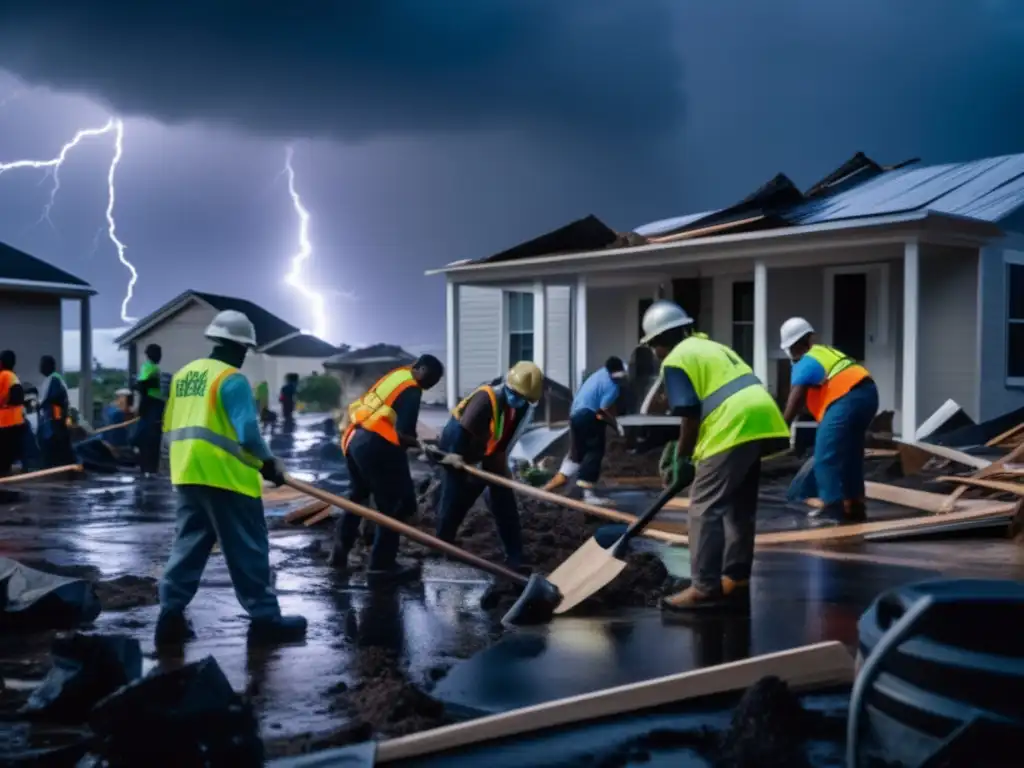
Dividing Tasks
When volunteers arrive, divide tasks among groups. Assign individuals to focus on specific areas, such as streets or parks. Encourage volunteers to work in pairs or groups to ensure each other's safety. Provide them with materials necessary for the task at hand, such as trash bags and gloves.
Disposal of Debris
Proper disposal of debris is crucial after a hurricane. Ensure that volunteers know how to properly dispose of any hazardous materials, such as batteries or electronics. Work with local government agencies to identify specific locations for debris disposal and coordinate efforts to transport large debris to these locations.
Resting and Refueling Volunteers
After several hours of clean-up, encourage volunteers to take a break. Set up rest areas where they can rest and refuel with food and water. Encourage them to hydrate often and take breaks to prevent exhaustion or heat stroke.
Frequently Asked Questions

-
What should I wear when volunteering for community clean-up efforts after a hurricane?
Volunteers should wear long-sleeved shirts, sturdy shoes, gloves, and eye protection if necessary. Additionally, sunscreen and bug spray are recommended.
-
How do I properly dispose of hazardous materials such as batteries or electronics?
Work with local government agencies to identify specific locations for hazardous materials disposal and coordinate efforts to transport these materials to these locations. Ensure that volunteers know how to properly handle and dispose of hazardous materials.
-
How can I donate supplies or resources to community clean-up efforts after a hurricane?
Reach out to local hardware stores, home improvement centers, and other businesses for donations or discounts on cleaning supplies. Additionally, consider donating money to local organizations that are assisting with clean-up efforts.
-
How long should community clean-up efforts after a hurricane take place?
The length of time will depend on the extent of damage and the availability of resources. It is important to be realistic in your timeline and allow for breaks for volunteers as well as time for restocking supplies.
-
How can I stay safe while volunteering for community clean-up efforts after a hurricane?
Volunteers should work in pairs or groups to ensure each other's safety. Additionally, they should wear appropriate clothing and take breaks often to prevent exhaustion or heat stroke.
Conclusion
Organizing community clean-up efforts after a hurricane can be a daunting task, but it is necessary for the recovery process. By creating a plan, gathering supplies and volunteers, and promoting safety during clean-up efforts, communities can come together to rebuild and recover. Remember to stay realistic in your timeline, divide tasks among volunteers, properly dispose of hazardous materials, and take breaks often to prevent exhaustion. By working together, communities can overcome the devastation brought on by hurricanes.
This information is vital for those living in hurricane-prone areas and for the general public. It is important to be prepared for the aftermath of a hurricane and know how to safely and effectively organize community clean-up efforts. Share this article with others and engage with hurricaneinsider.org to stay informed about hurricane-related topics.
Additional Resources
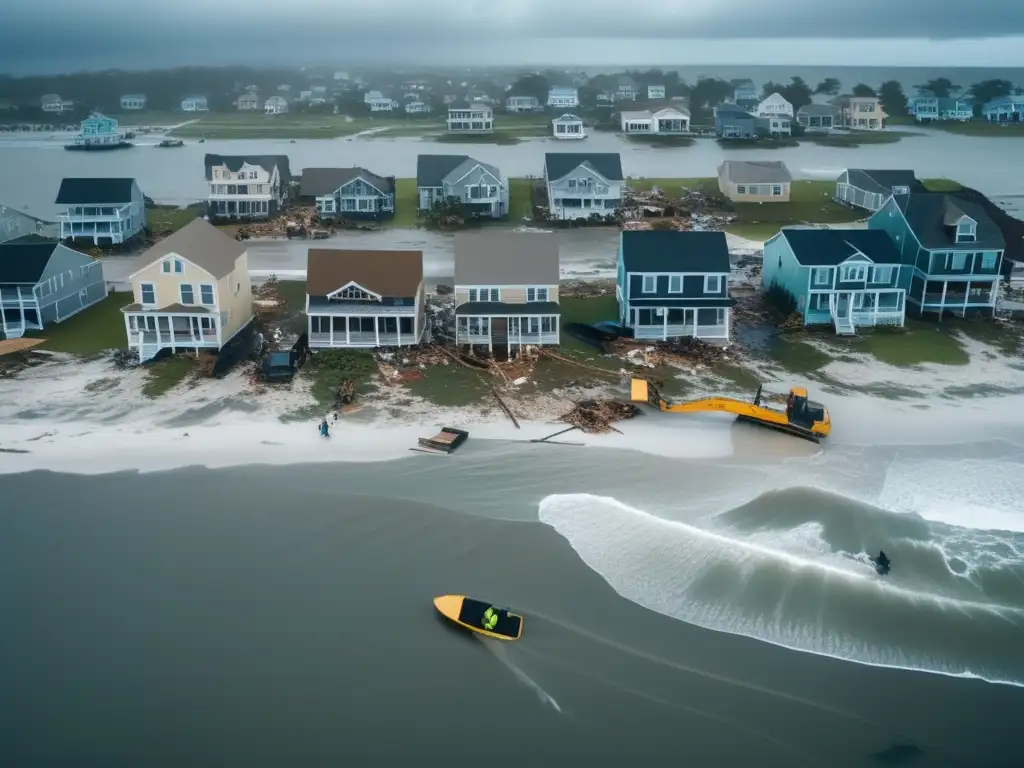
- Ready.gov: Hurricanes
- Federal Emergency Management Agency: Hurricane Michael
- National Hurricane Center
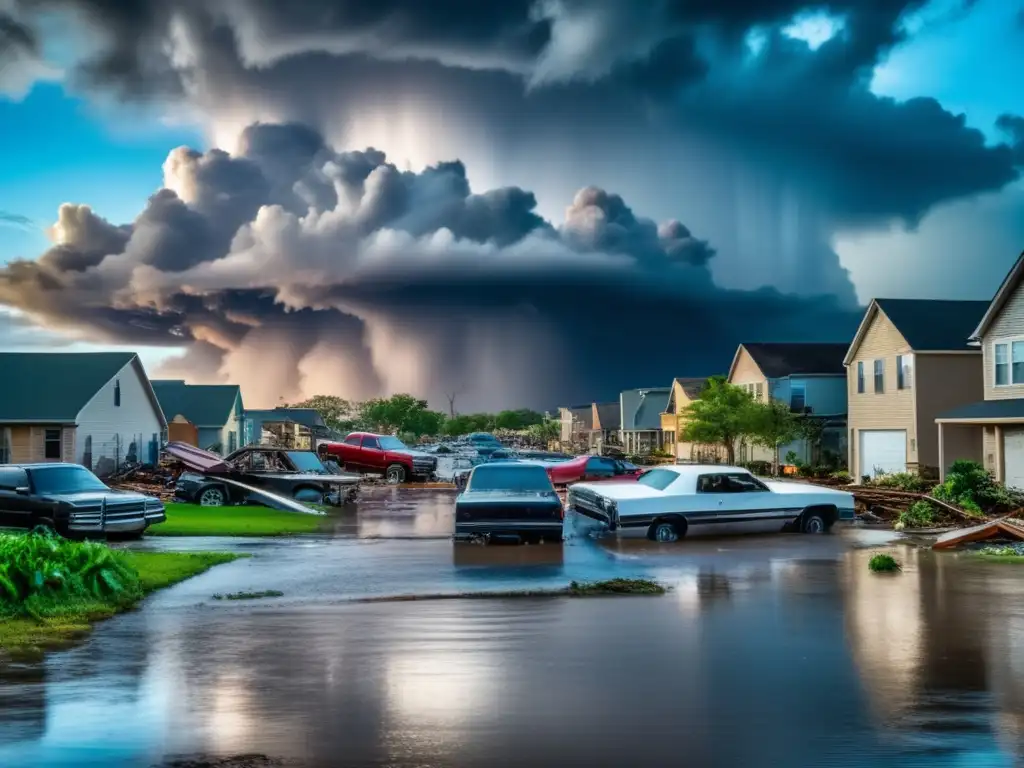 Picking Up The Pieces: First Steps After A Hurricane
Picking Up The Pieces: First Steps After A Hurricane Damage Assessment: How To Evaluate Hurricane Damage To Your Home
Damage Assessment: How To Evaluate Hurricane Damage To Your Home Repair Or Rebuild: Making The Tough Decisions Post-Hurricane
Repair Or Rebuild: Making The Tough Decisions Post-HurricaneIf you want to discover more articles similar to Organizing Community Clean-Up Efforts After A Hurricane, you can visit the Hurricane recovery: category.
Leave a Reply

Articulos relacionados: